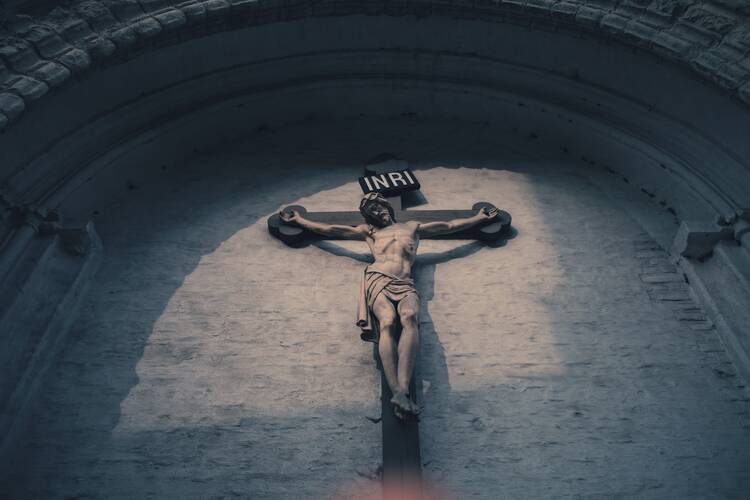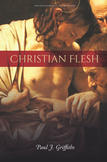Review: Paul Griffiths offers an ‘account of Christian flesh’
Paul J. Griffiths’s latest book, Christian Flesh, seeks a speculative account “of human flesh in particular and Christian flesh in particular.” Its chapters depict speculative—and so possibly and probably, Griffiths confesses, inaccurate—thumbnails of what human flesh is like under sin’s damage, what it might be like (again) when it is not so damaged, how Christian flesh cleaves to that of Jesus, and what it might mean for that flesh to eat and dress and caress. A speculative sketch of these, Griffiths thinks, creates a thought-icon of what it is like to be Christian.
His conviction throughout is, I think, scriptural: that nothing is accursed if everything is made new.
Most provocative are Griffiths’s claims about the same-sex caress, which advocate a “liberal” position from illiberal premises. Same-sex caresses, although damaged, are not obviously a corruption of (also damaged) heterosexual sex. Why presume that sex is the goal toward which all fleshy caresses tend? The caress shared between the faithful and Christ’s body in the Eucharist does not have copulation as its end, after all. Neither does the eye-to-eye gaze. Better, Griffiths thinks, to dissimulate caresses like these from “the category of the sexual.” Doing this means at once affirming the church’s restriction of sex to heterosexual sex and embracing the same-sex caress as, well, something else.
Among the caresses Griffiths does not consider are those shared between the living and the dead. Sometimes, that is, we revere the bodies of the dead—typically that of the holy dead. Necrophilic caresses like these figure everywhere across the Catholic tradition, but they are rarely conceived theologically. What is it for me, I wonder, to press my lips against the traces St. Thérèse leaves behind, with her discarnate soul there above and her corpse and my flesh here below? Here Griffiths offers fellow pilgrims bearings—the grammar of time, he knows, is our speculative frontier—but no maps.
Griffiths remains among our very best speculative Catholic thinkers, vanishingly few though they (now) are. He dons this laurel in studied imitation of St. Augustine: as a gorgeously overheated stylist of his native tongue; as a phenomenologically-attuned and prurient cosmos-lover; as an eye-to-the-main-chance polemicist. Christian Flesh is Augustine-like, too, in its equal likelihood to provoke or to edify, which proves Griffiths’s book a work of theology. As that, it dazzles. Read it, then read it again.
This article also appeared in print, under the headline “To eat, dress and caress,” in the April 29, 2019, issue.









